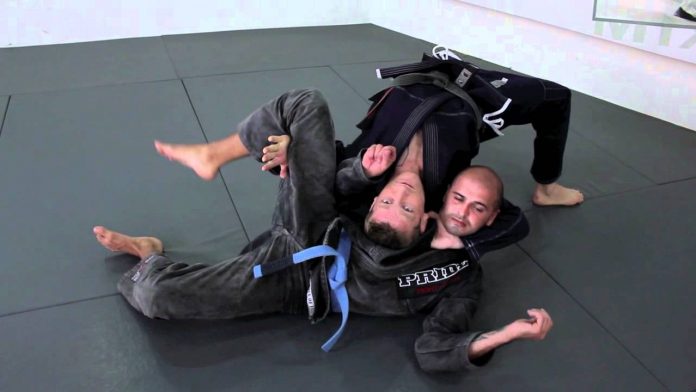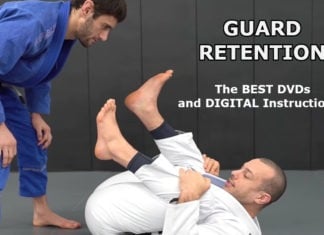
People involved in Brazilian Jiu-Jitsu are addicted to the sport for a good reason. BJJ is unlike most other sports, or even martial arts, for that matter. It constantly offers new aspects that keep people hooked. Those that are driven by challenges are going to find no lack of them in grappling. The more cerebral types are also going to remain engaged, discovering concepts, principles and the likes. The professional athlete is always going to have that new detail to learn and try out, constantly looking to improve. There’s no standstill because the more time you spend in BJJ, the deeper the well of knowledge available to you becomes. Finishing Jiu-Jitsu submissions with a high success rate is also not a fixed ability. the same submissions open up new aspects with every year spent in Jiu-Jitsu.
There’s not one person alive that trains grappling or MMA who doesn’t enjoy Jiu-Jitsu submissions. However, as rewarding as they can be for our egos, they can also be a source of great frustration. Losing a submission you thought you had is as annoying as something can get. Especially when you can’t find out the reason why the move didn’t work. As with everything else, BJJ has the solution, it just takes someone to point it out for you. There’s a checklist of submission principles you need to go over with every submission you’re chasing. Furthermore, there’s the phenomenon of knowing something too well. Finally, there is an ultimate trick that’s going to take your submission game to the very next level.
There are submissions that you like, and then, there are submissions that work. Bernardo Faria is the man to guide you to the most “High Percentage Submissions” with the help of his amazing DVD instructional. Better hurry up, it is on sale!
The Submission Checklist
First of all, what are the key characteristics that make a submission effective? To begin with, you need to know the finishing mechanics. Yes, you have to start at the end, at least while learning. You need to know how an armbar break the elbow joint so that you know what your end goal is. Understanding submission mechanics is tightly related to understanding the positioning.

Following closely is control. Forget the “position before submission” mantra. You need control and you need it during the submission, not prior to it. Again using our armbar example, can you keep your opponent there without submitting them? If the answer is no, you need to work on that until you cross it off your checklist.
Finally, know what your opponent can and cannot do to defend. If they’re doing the right things to survive, then you also must know how to block and disrupt them or re-adjust your position.
Are You Too Familiar With Certain Jiu-Jitsu Submissions?
When it comes to Jiu-Jitsu submissions we all have our favorites. It may be based on something you picked up as a beginner and still like to do. It may be submissions that fit your body type or your physical strength. You could also favor moves that help you keep nagging injuries at bay. Whatever the reason we all tend to like some submissions more than others. This is one of the reasons why precisely those submissions might not work as good.
There’s a funny thing in BJJ. the more you go for a certain move, be it a sub, sweep or pass, the less it will work. After a while, most of your attempts are going to fail and the reason is not that you’re training partners have figured you out. The main reason is having too much confidence in your ability to get the moves. The more you go for a certain move, the more familiar your body and your mind get with it. This translates to both of them looking for the end result without going through the checklist above. Suddenly, doing your favorite move seems like you’re doing something for the first time.
Rushing through anything in BJJ is a bad idea, so the solution here is easy. Take a step back and return to the basics. Look to find your way into controlling someone from a point of submission instead of finishing. WHich is exactly where our next little BJJ hack comes into play.
The 20-Second Rule
The 20-second rule is a concept that is going to change your submission game radically. I learned this concept as part of a Guillotine finishing detail and then decided to give it a try in different areas. Unsurprisingly, it works for all chokes, and of course, almost all other submissions.

In terms of other submissions, the same rule applies. With a few exceptions (like wrist locks) there’s no need to rush any submission in BJJ. SImply get into place and control your opponent. Then, look to place pressure without overcommitting. Keep increasing pressure until you reach the 20-second count.
In the unlikely case of an opponent surviving past the 20 seconds, you do not just give up on a submission. Instead, do an ever so slight adjustment that you know makes things even tighter. Then re-apply pressure and go for the 20-second rule again. it’s a game changer!











































